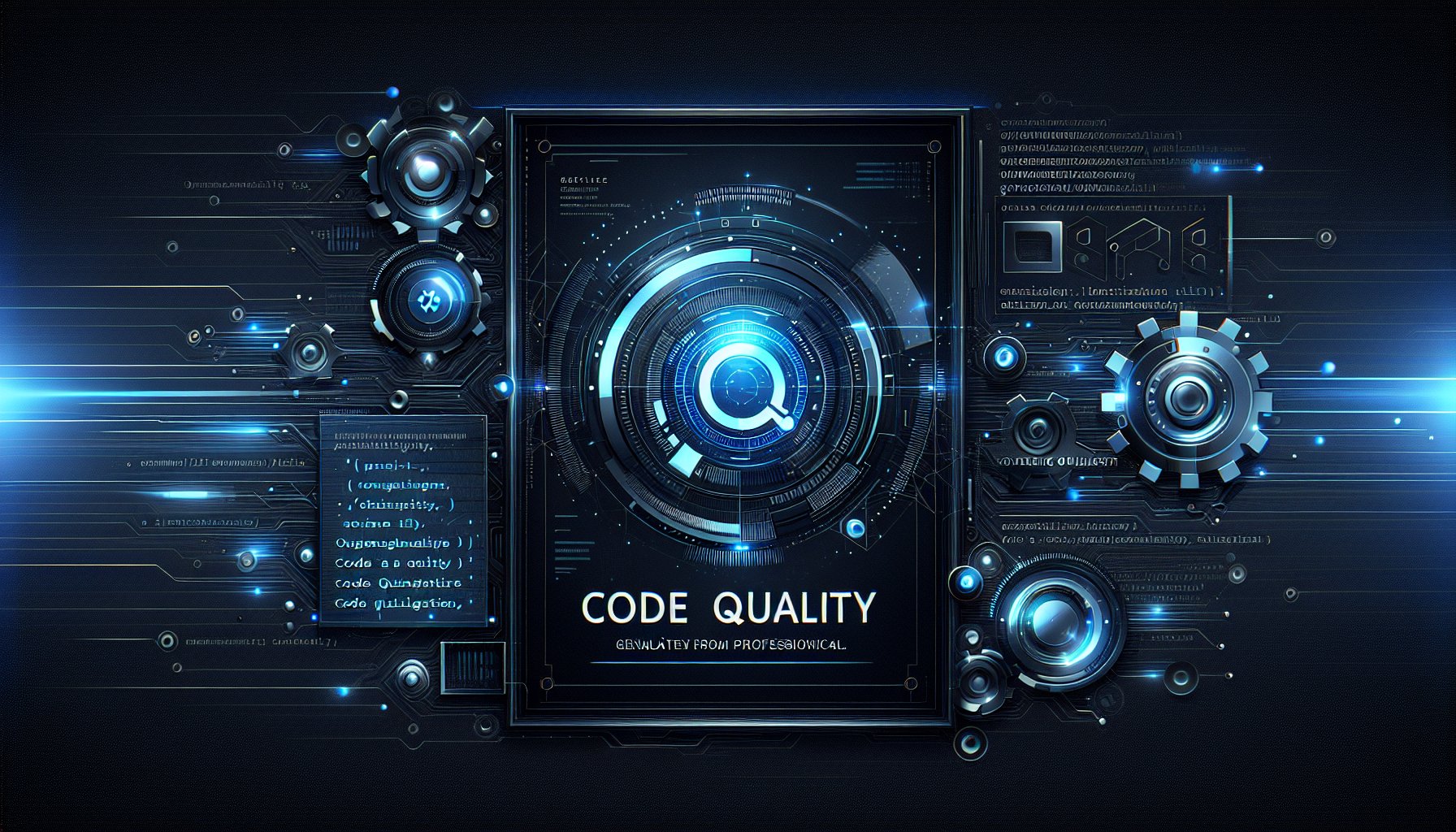Introduction
As we traverse through 2025, the significance of maintaining superior code quality is more apparent than ever. With the rise of complex applications and emerging technologies, developers and businesses need to prioritize clean, efficient and maintainable code. But what does 'quality code' look like in the modern technological landscape? Let's dive in.
Understanding Code Quality
Code quality refers to the degree to which code is maintainable, reliable, efficient, and understandable. High-quality code reduces technical debt, enhances team productivity, and ensures a robust application. In the current tech scene, code quality is not just about producing functional software—it's about delivering software that can withstand the test of time and embrace emerging trends.
Principles of Modern Code Quality
Several principles guide the development of quality code. These are based on coding standards, scalable design, and testing rigor.
Modern Approaches to Code Quality
With the advent of new tools and technologies, developers now have numerous resources to help maintain code quality. Here are some key approaches:
Automated Testing
Automated testing has become a cornerstone of code quality. Tools like Jest for JavaScript, PyTest for Python, or JUnit for Java, automate the testing process, ensuring that your code performs as expected, every time.
Continuous Integration and Continuous Delivery (CI/CD)
CI/CD practices have revolutionized the way we maintain and deliver code. With tools like Jenkins, Travis CI, or GitHub Actions, developers can automate the testing and deployment process, facilitating rapid and reliable product releases. This approach ensures that code quality is consistently high and that any issues are promptly rectified.
Code Review
Code reviews are integral to maintaining a high standard of code quality. Modern code review tools such as GitHub's pull request feature, Crucible, or Review Board, allow teams to collaborate and review each other's code effectively. This process encourages knowledge sharing and a collective sense of code ownership.
Refactoring
Refactoring is the process of restructuring existing code without changing its external behavior. With tools like ReSharper or SonarQube, you can identify code smells and refactor your code to enhance its structure and readability.
Embracing the Future of Code Quality
As we look to the future, there are several trends that are poised to shape the landscape of code quality. These include AI-powered code review, quantum computing, and further automation of testing and integration processes.
AI-Powered Code Review
Artificial Intelligence has started to make its mark in the realm of code quality. AI-powered tools like DeepCode and Codota can analyze codebases, suggest improvements, and even predict potential bugs. This technology is set to revolutionize code reviews and help teams maintain high-quality codebases.
Quantum Computing
With the advent of quantum computing, the rules of coding are set to change. Quantum programming languages like Q# and Silq aim to simplify complex quantum algorithms, promising a new era of high-quality, efficient code.
Conclusion
Code quality is more than just writing functional code—it's about creating maintainable, efficient, and reliable software. By leveraging modern tools and methodologies, and keeping an eye on emerging trends, developers and businesses can ensure they're producing quality code that meets the demands of the modern technological landscape.
The future of code quality looks bright, with advancements in AI and quantum computing on the horizon. As we move forward, it's important to continue learning, adapting, and embracing new technologies to maintain the highest standards of code quality.
